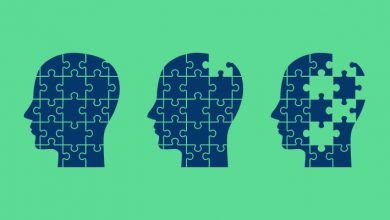Eye Health
By Dr S.S. Gill
Ipoh Echo’s EYE HEALTH series continues with Consultant Eye Surgeon Dr S.S. GILL talking to us about hypertension and the eyes.
The World Health Organization (WHO) estimates that 40% above the age of 25 years have hypertension. Globally, more than 1 billion people suffer from hypertension, also called high blood pressure.
It is called hypertension because the force of the blood against the walls of the blood vessels (arteries) is high for a prolonged period resulting in it eventually causing health problems such as heart disease, kidney disease, hardening of the arteries, strokes and eye damage.
WHAT HAPPENS IN THE EYES?


SYMPTOMS OF HYPERTENSIVE RETINOPATHY
When eye symptoms occur, it generally means the hypertension is advanced and already in a late stage. The symptoms may include blurring vision, double vision, blood headaches or even sudden loss of vision.
HOW IS HYPERTENSIVE RETINOPATHY DIAGNOSED
In order to have a thorough nerve (retina) check, eye drops will be first applied in order to dilate the pupils. Then, using an instrument called an ophthalmoscope, light is passed into the eye in order to view the back of the eye. The eye examination is painless but may cause discomfort after the eye examination, due to glare if you have forgotten to bring a pair of sunglasses. In some centres, a retinal imaging device or fundus camera is available for nerve (retina) imaging.
WHAT ARE THE SIGNS LOOKED FOR IN THE EYE
Hypertensive Retinopathy may be evaluated on a scale of 1 to 4. On the lower end of the scale, Hypertensive Retinopathy may not have any symptoms. In the more severe stage of grade 4, the eyes have a swollen nerve (optic nerve) and serious profound vision problems. This stage is dangerous and indicates uncontrolled hypertension. People with grade 4 retinopathy have a high risk of general systemic complications.
Prompt diagnosis of Hypertensive Retinopathy is important in order to avoid visual and systemic morbidity such as heart disease, strokes and renal disease. If you suffer from hypertension, it is advisable to get your eyes checked at least once a year before eye symptoms appear.


